Everyone wants to minimize their spending on energy bills as much as possible, so we’ll be mindful of certain things, such as overusing the heating or taking long, hot showers. However, there are so many things that eat up energy in our homes, most of which we don’t even think about. So, to help you spend less this year on energy, here are some things around that house that are costing more than you realize.
Old Refrigerators
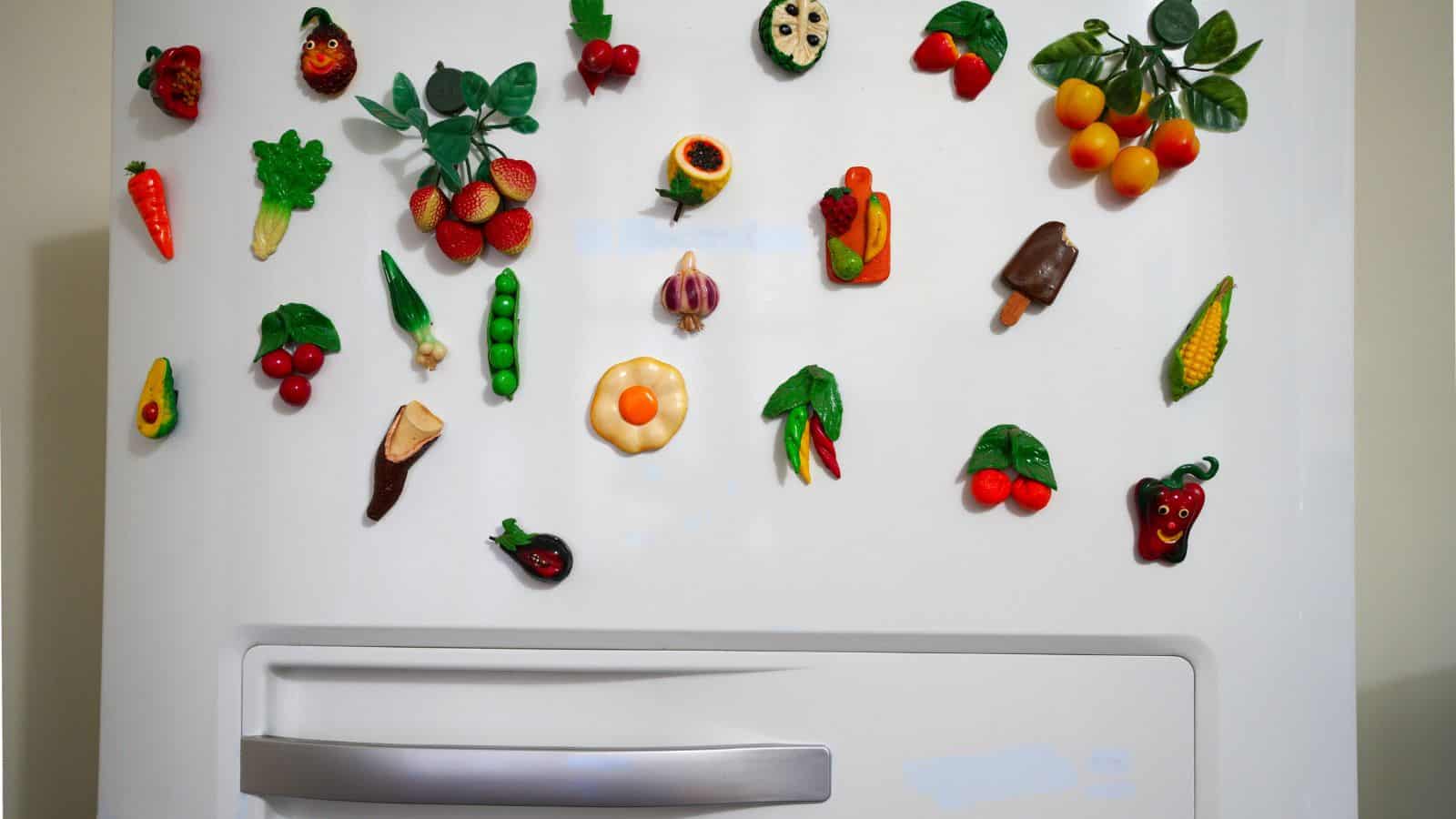
Sure, your kitchen fridge might be fairly modern, but a lot of Americans keep an old fridge somewhere else in their home, such as in their garage. Regardless of where you have it, we’ve got bad news–older fridge models use significantly more power than newer, energy-efficient versions, with an average of a 35% increase! We’d recommend upgrading to a newer model because while it will cost you money upfront, the amount that it will save you in the long term will be worth it.
Standby Electronics
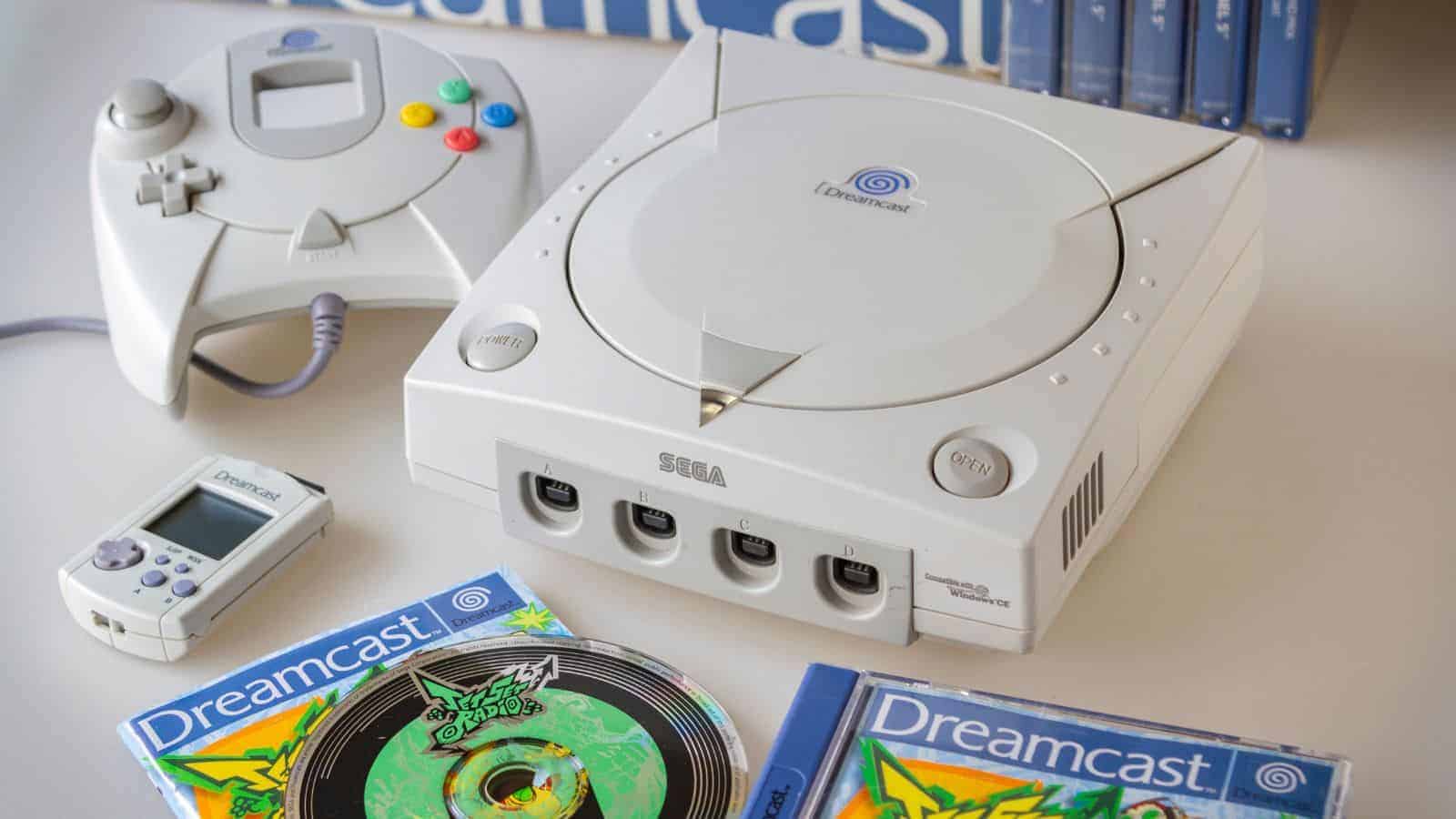
Even when your TV, gaming console, or computer is off, it still draws power if plugged in, thanks to standby power, or “vampire power.” These small yet constant power draws add up over time, so it’s best to use a power strip with an on-off switch or unplug these devices when not in use.
Heating and Cooling Systems
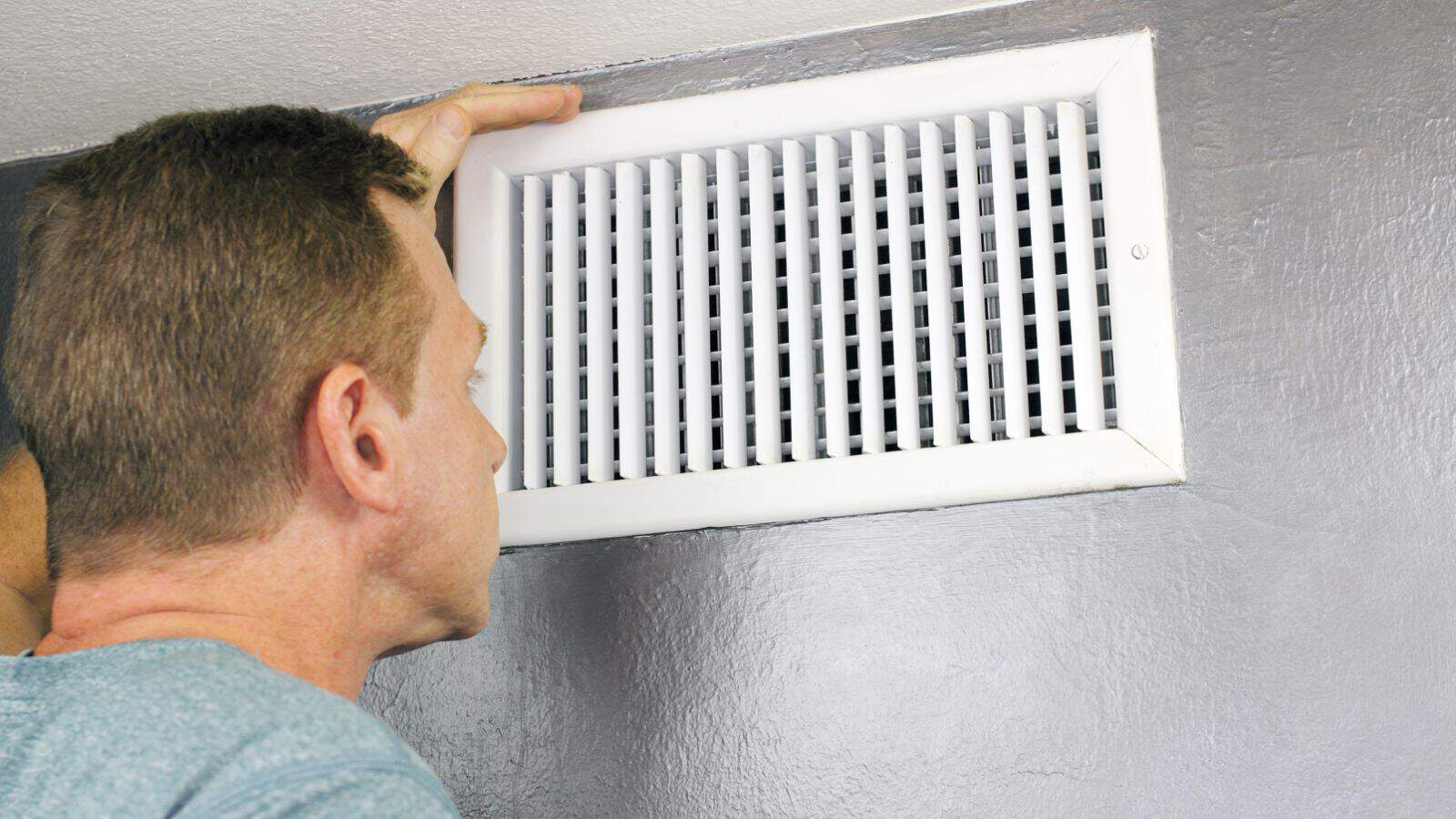
We’re sure you’re aware that your HVAC system uses a lot of energy, but few realize that it’s often the largest contributor to your energy bill. In particular, inefficient models or frequent temperature changes put extra strain on the system. So, to minimize your cost, make sure you keep on top of regular maintenance, and consider upgrading to a programmable thermostat, which can make heating and cooling far more efficient.
Incandescent Bulbs

If your home still uses incandescent bulbs, you’re paying more for lighting than you need to. These bulbs consume more energy and burn out faster than LED or CFL options, with most of the energy being wasted through heat. However, if you swap them out for modern, energy-efficient alternatives, your lighting will be a lot more efficient and will save you more money than you’d expect.
Desktop Computers
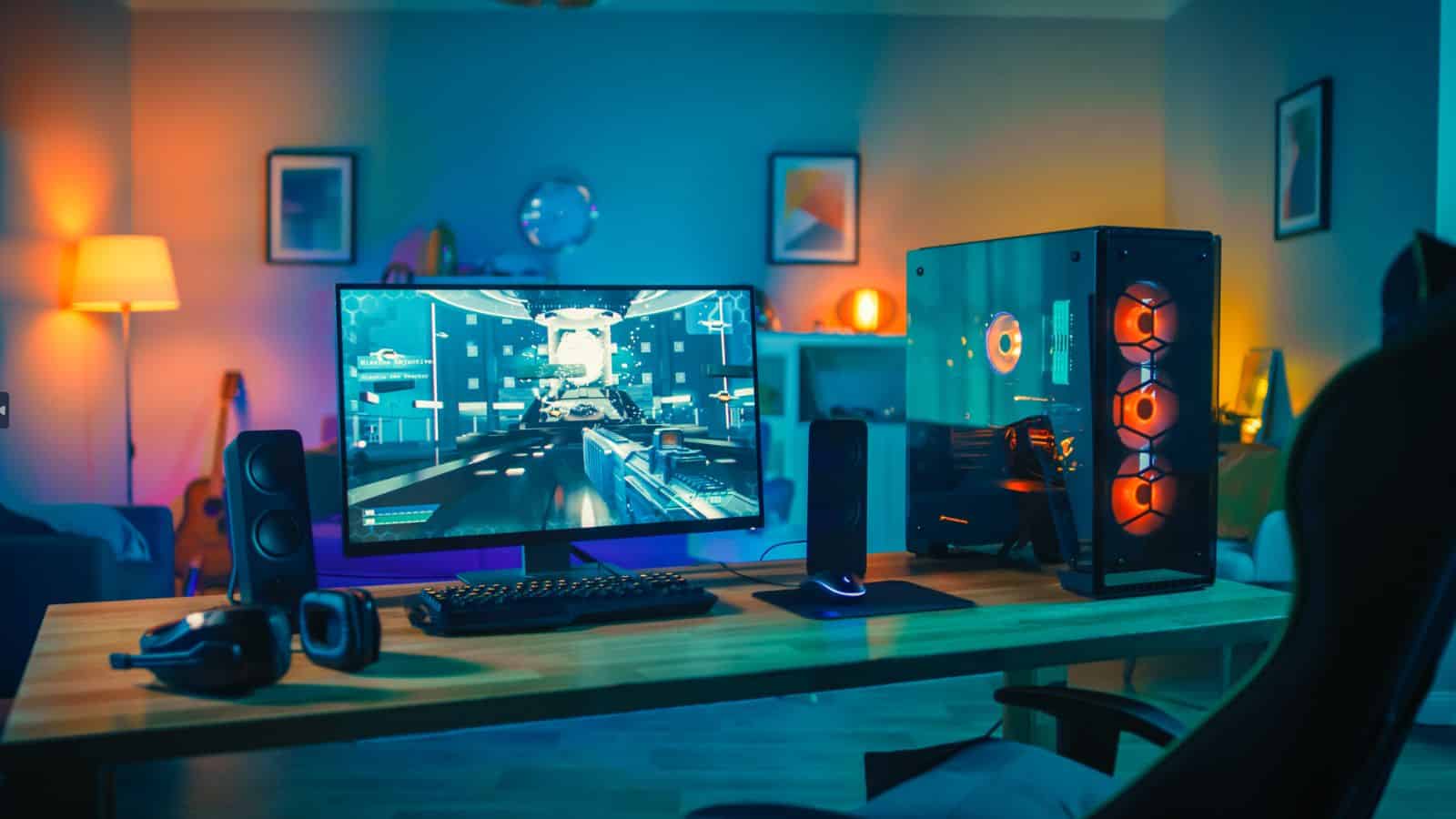
So many people are guilty of keeping their desktop computer turned on all day, sometimes for days or weeks at a time! This is very inefficient; while convenient, desktop computers use a lot more energy than laptops, especially if you have a fancy graphics card. It’s also bad for the computer, so you should shut it down and give it a break when you’re not using it.
Water Heater
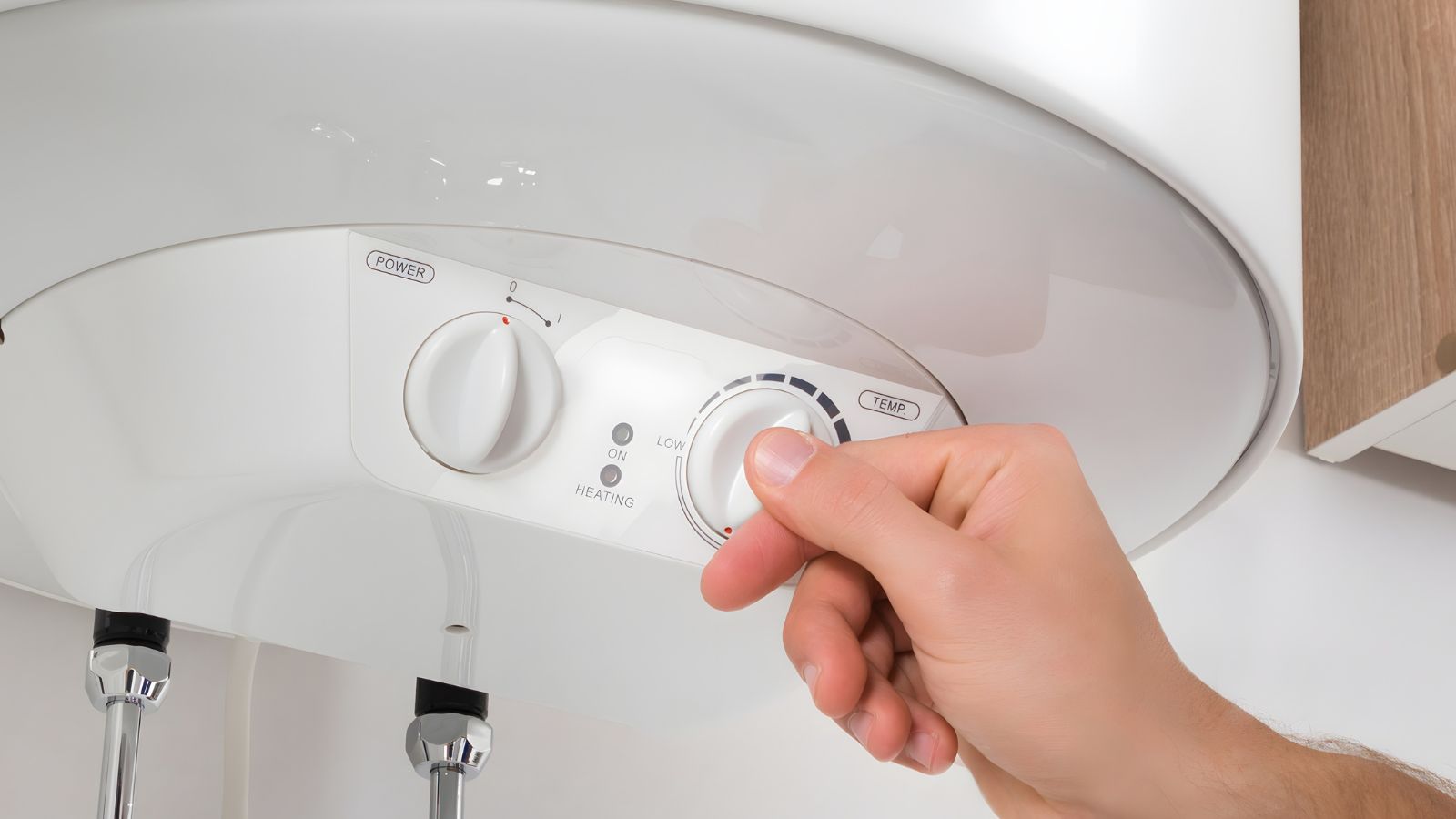
Water heaters are constantly working to keep water hot, which makes them one of the highest energy users in many homes. Even just lowering the temperature slightly and insulating your water heater can reduce the amount of energy it uses without sacrificing comfort, so that’s something to bear in mind this year.
Washing Machine and Dryer
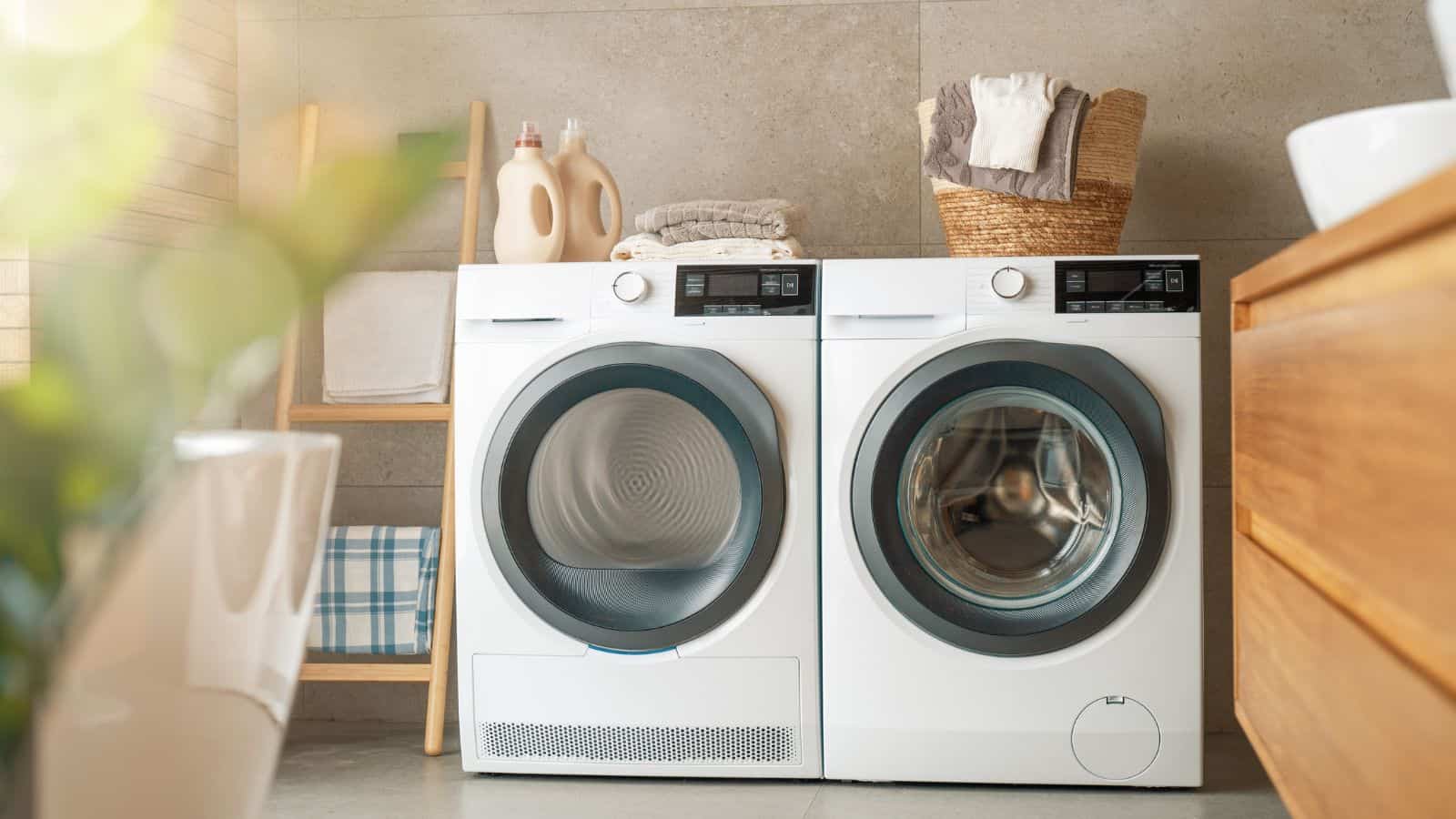
These appliances eat up a heck of a lot of energy, especially if used frequently or for small loads. To cut costs, you could consider washing clothes in colder water and air-drying when possible, and only put on a wash when it’s a relatively full load. Furthermore, for the dryer, remember to clear out the lint filter regularly to improve efficiency and reduce drying time.
Electric Kettle
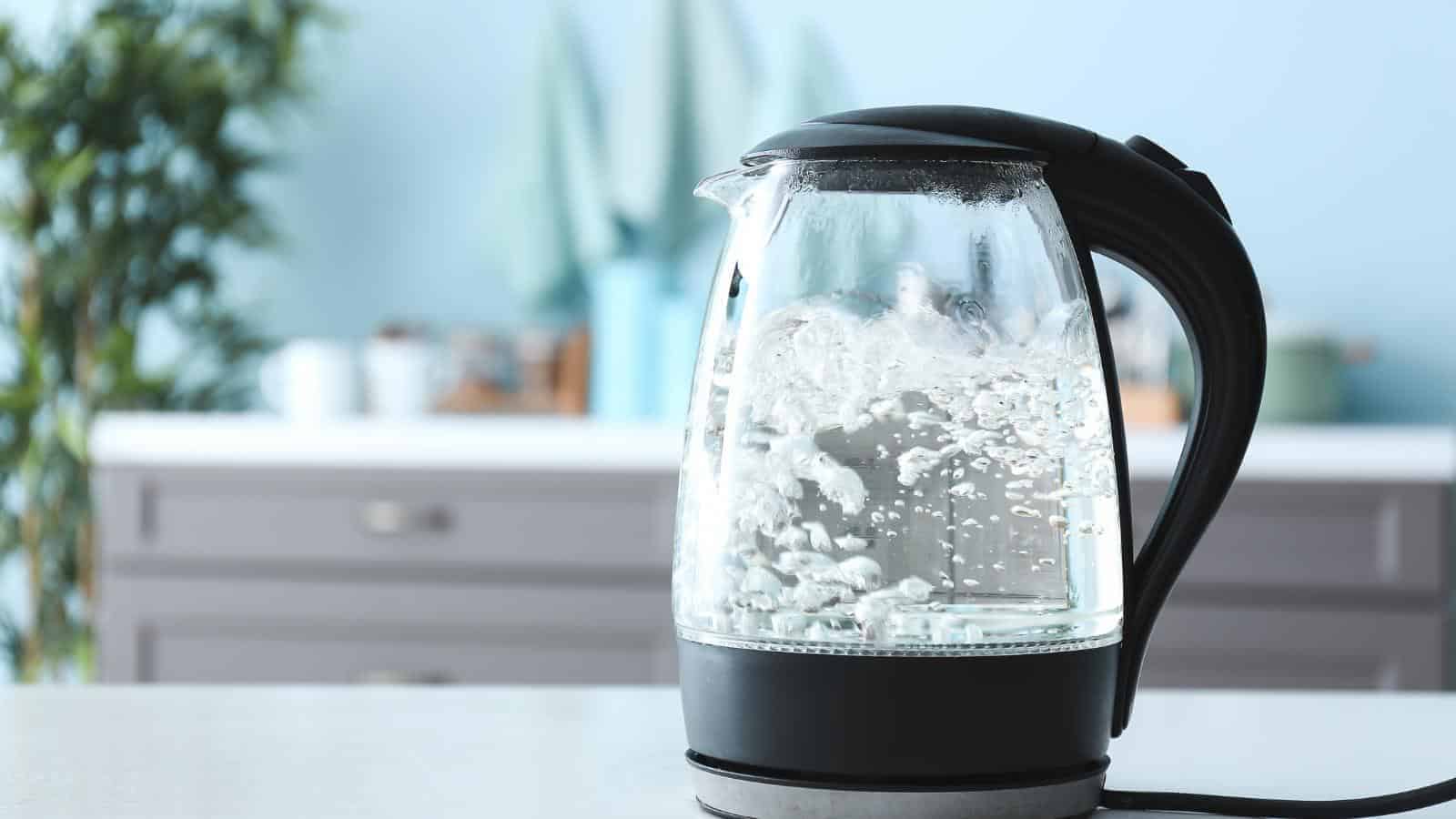
We can all agree that electric kettles are super handy, but they use a surprising amount of power, particularly when filled to the brim. Instead, it’s smarter to boil only the amount of water you need and switch off the kettle right after it’s done to keep its energy usage in check.
Dishwasher
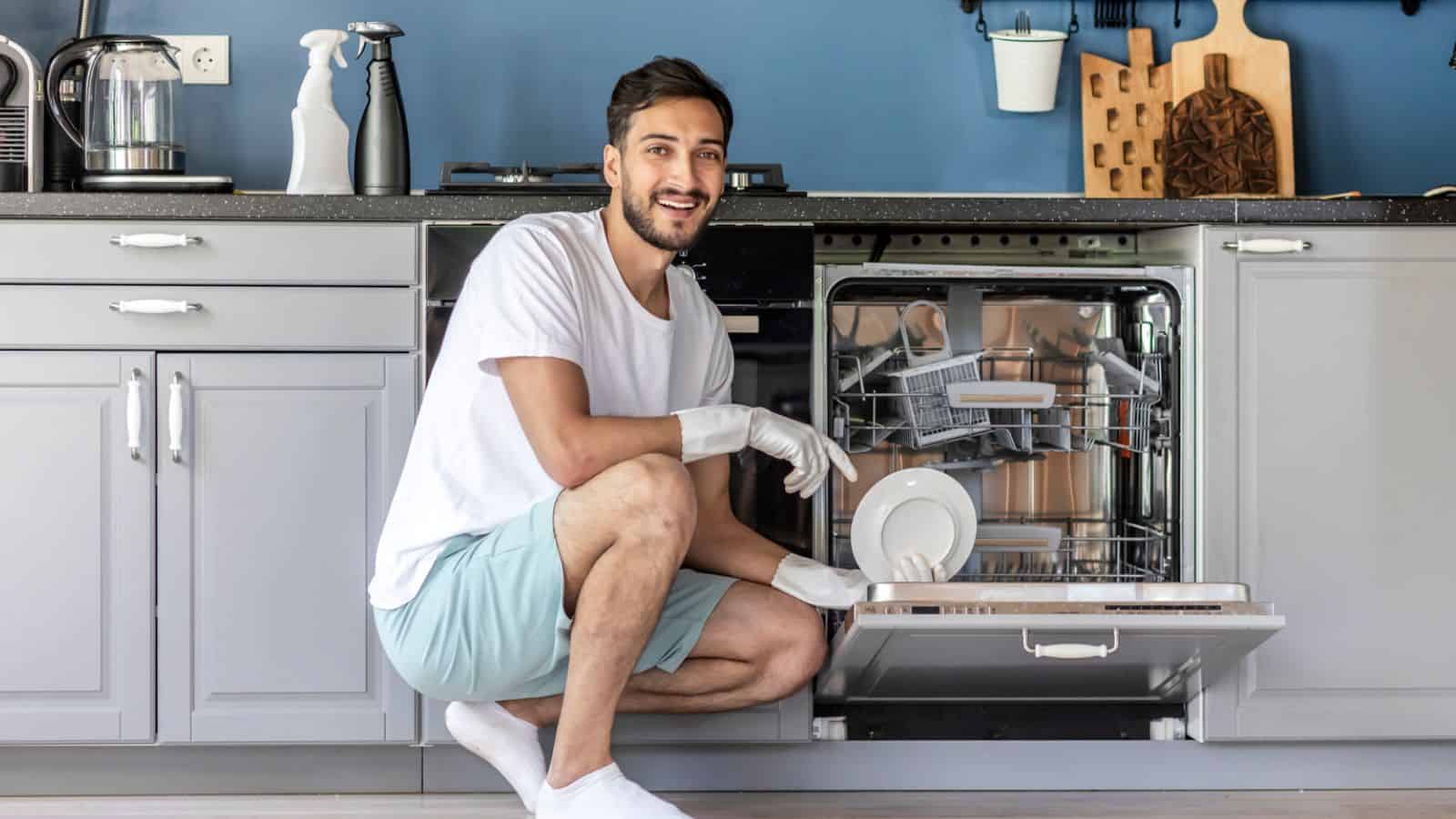
Just like with your washing machine, running your dishwasher for half loads or using it daily can drive up your bill a lot. Energy-conscious people should only run it when it’s full or use half-load energy-saving settings if your model offers them. Better still, air-dry your dishes when possible, and consider manually washing them when you have the time.
Oven and Stovetop

You no doubt use your oven or electric stovetop every day, but unfortunately, it draws a fair amount of power, especially if it’s an older model. For this reason, using smaller appliances like a microwave, air fryer, or slow cooker for simple meals can be more energy-efficient. If you do use the oven, though, remember to keep the door closed as much as possible to retain heat.
Space Heaters
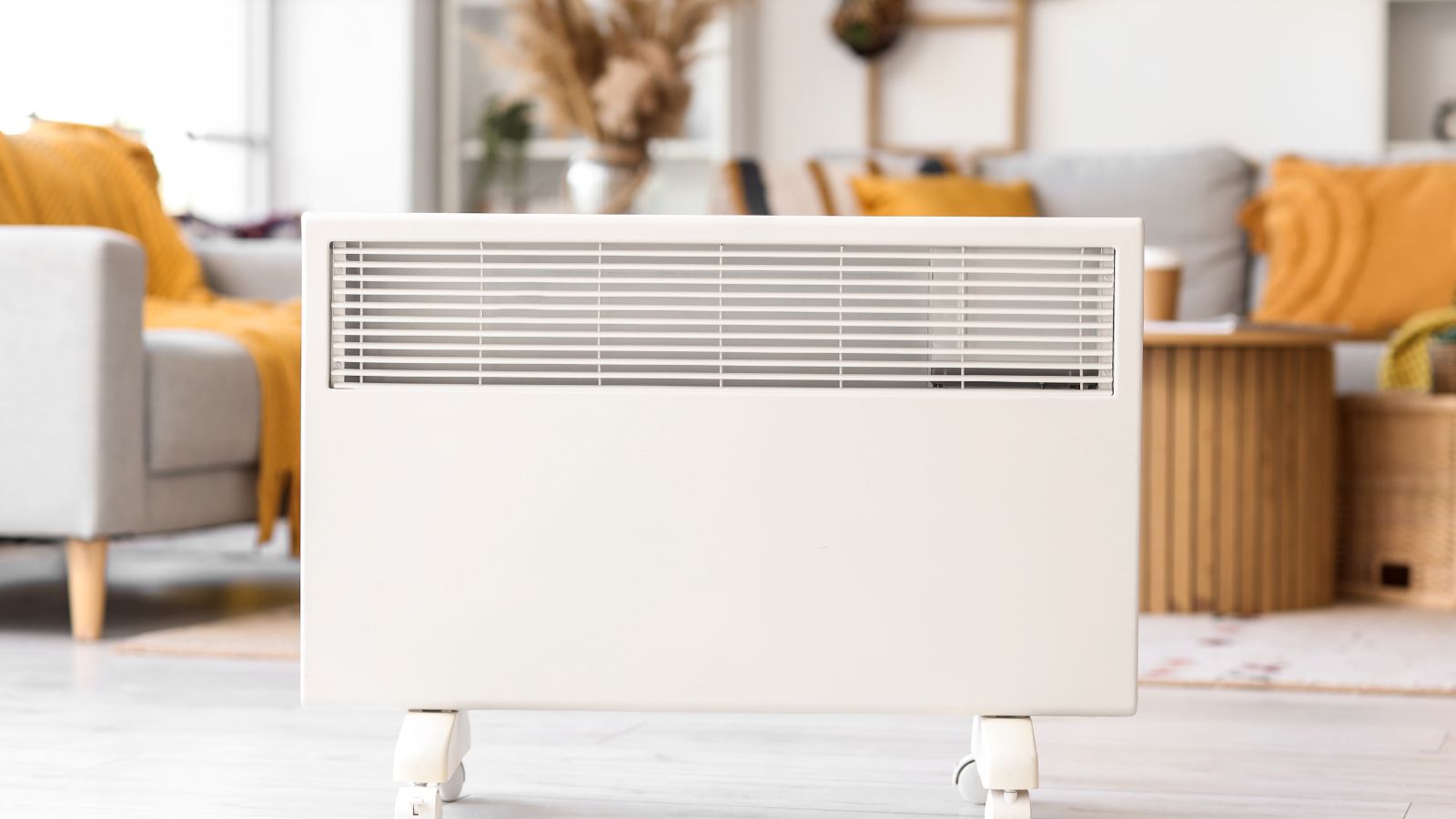
There’s no denying that space heaters provide quick and cozy warmth, but they come at a cost. In fact, they’re one of the most energy-hungry items in a household, using substantial energy to achieve their quick heat. Sure, they’re fine in short bursts, but you definitely shouldn’t be leaving them on all day if you care about your energy bills.
Outdoor Lighting

Another thing around the house that is eating up your energy bill is your outdoor lights. Yes, these are necessary for safety and convenience, but they simply don’t need to be left on all night. There’s a really simple solution, though–install motion sensors to your lighting, and that way, they’ll only light up when you actually need them.
Hair Dryers and Styling Tools
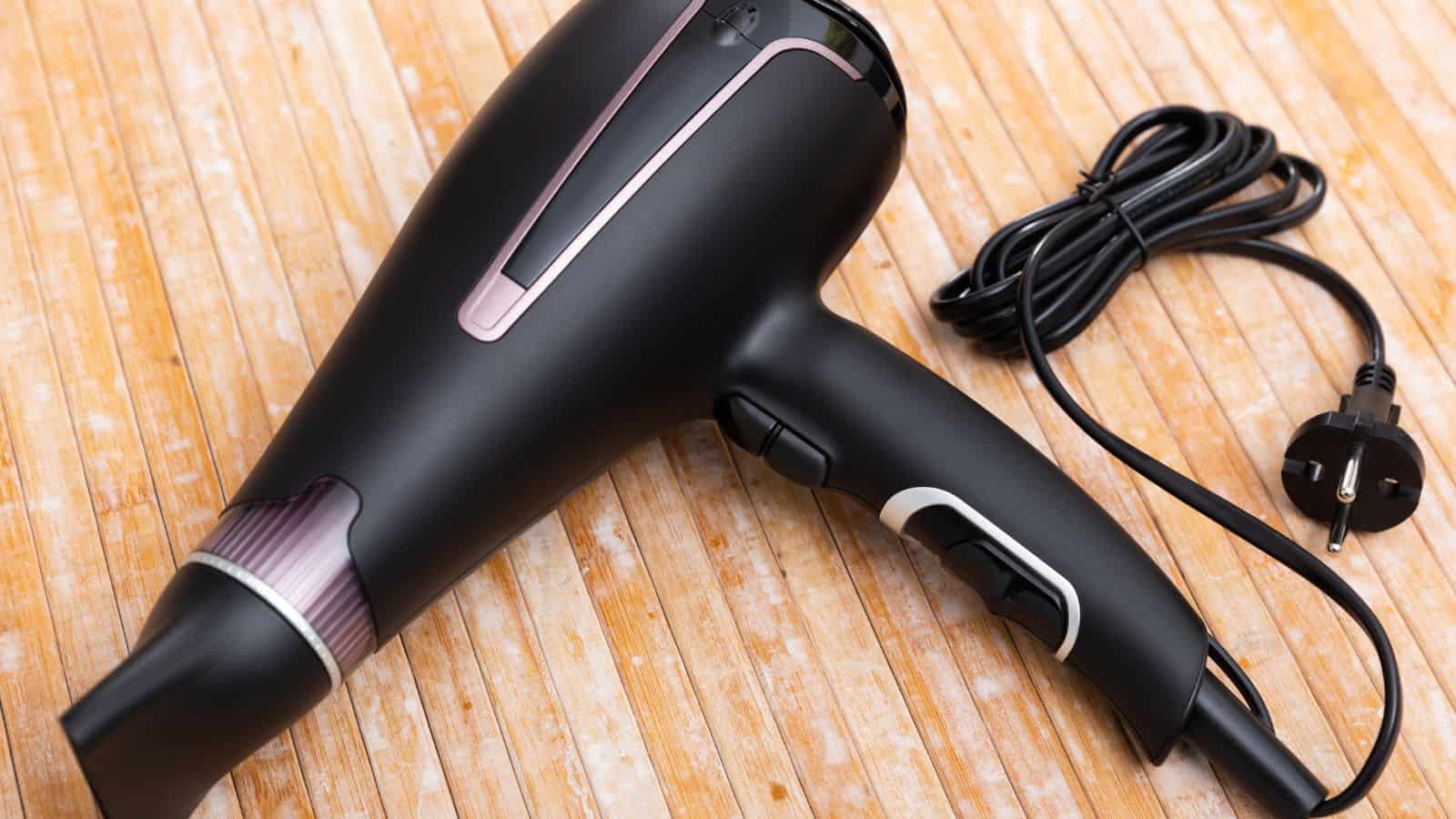
Hair dryers, straighteners, and curling irons are surprisingly power-intensive. Sadly, this is unavoidable for many people, but to cut back, you could try air-drying your hair from time to time or even just partially before styling. It’s also wise to reduce the temperature, which will not only save energy but will also be better for your hair’s health.
Pool Pumps
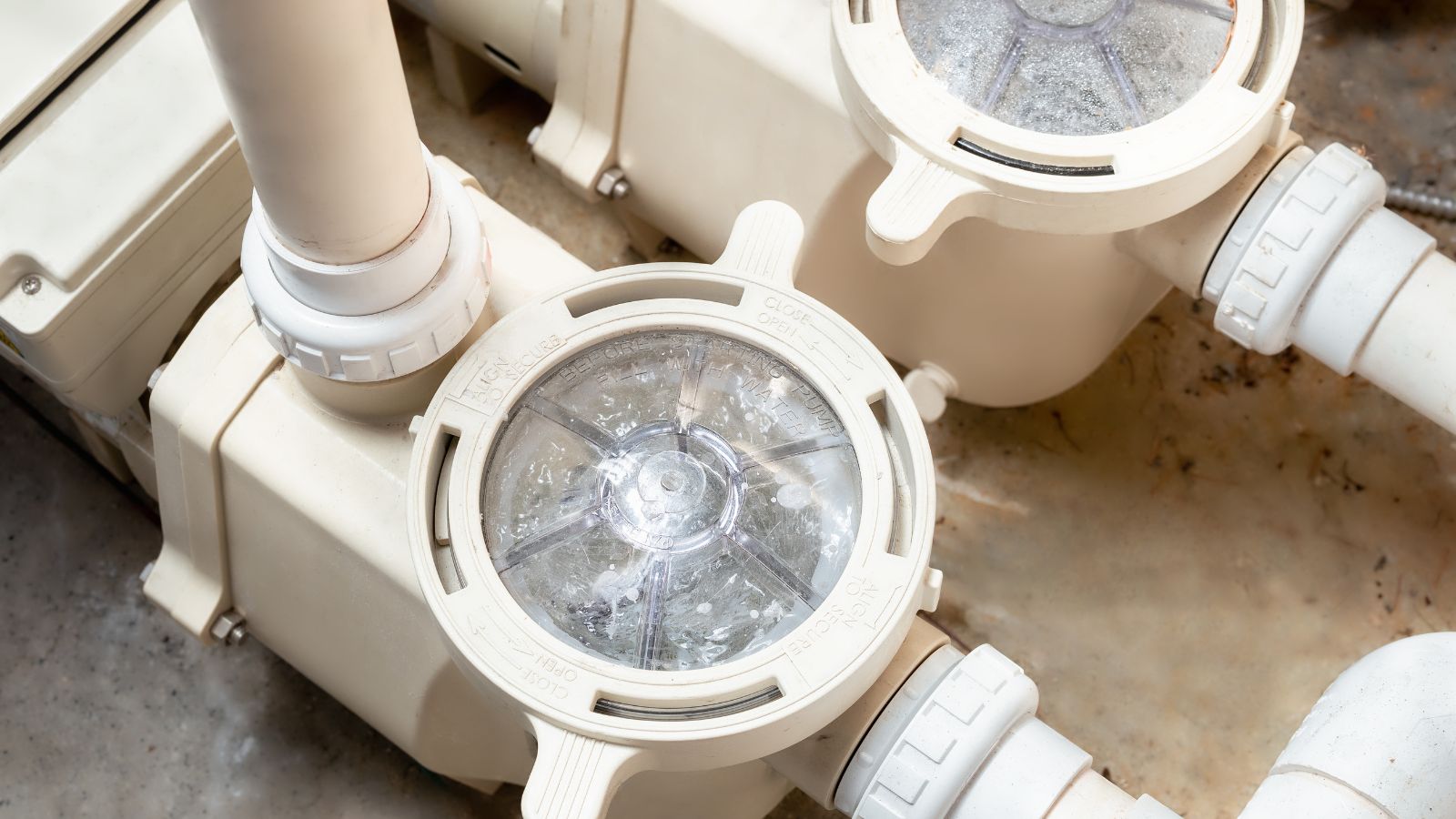
If you’re lucky enough to have a pool, the pump can be one of the highest energy consumers. A certain degree of cost is inevitable for a well-maintained, clean pool, but we’d recommend running it on a timer and reducing its runtime during cooler seasons, both of which will help to keep costs down.
Humidifiers and Dehumidifiers
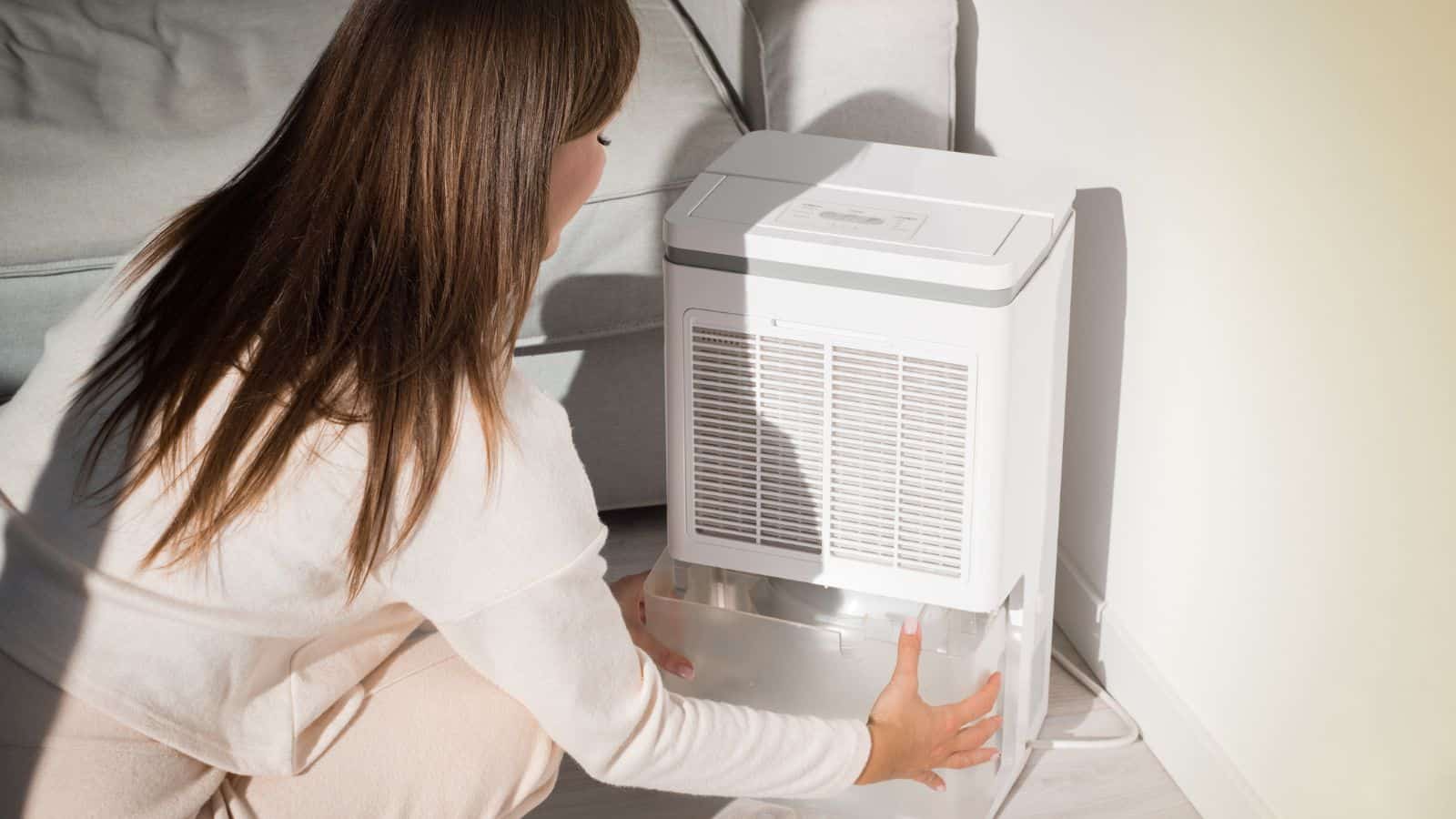
These devices are exceptionally useful when it comes to managing indoor air quality, but when they run constantly, they will seriously drive up your bill. So, you should try to use them only when necessary or switch to a programmable option to help reduce energy usage. Keep them clean and well-maintained to optimize their efficiency, and they’ll do their best to save you money.
Chargers Left Plugged In
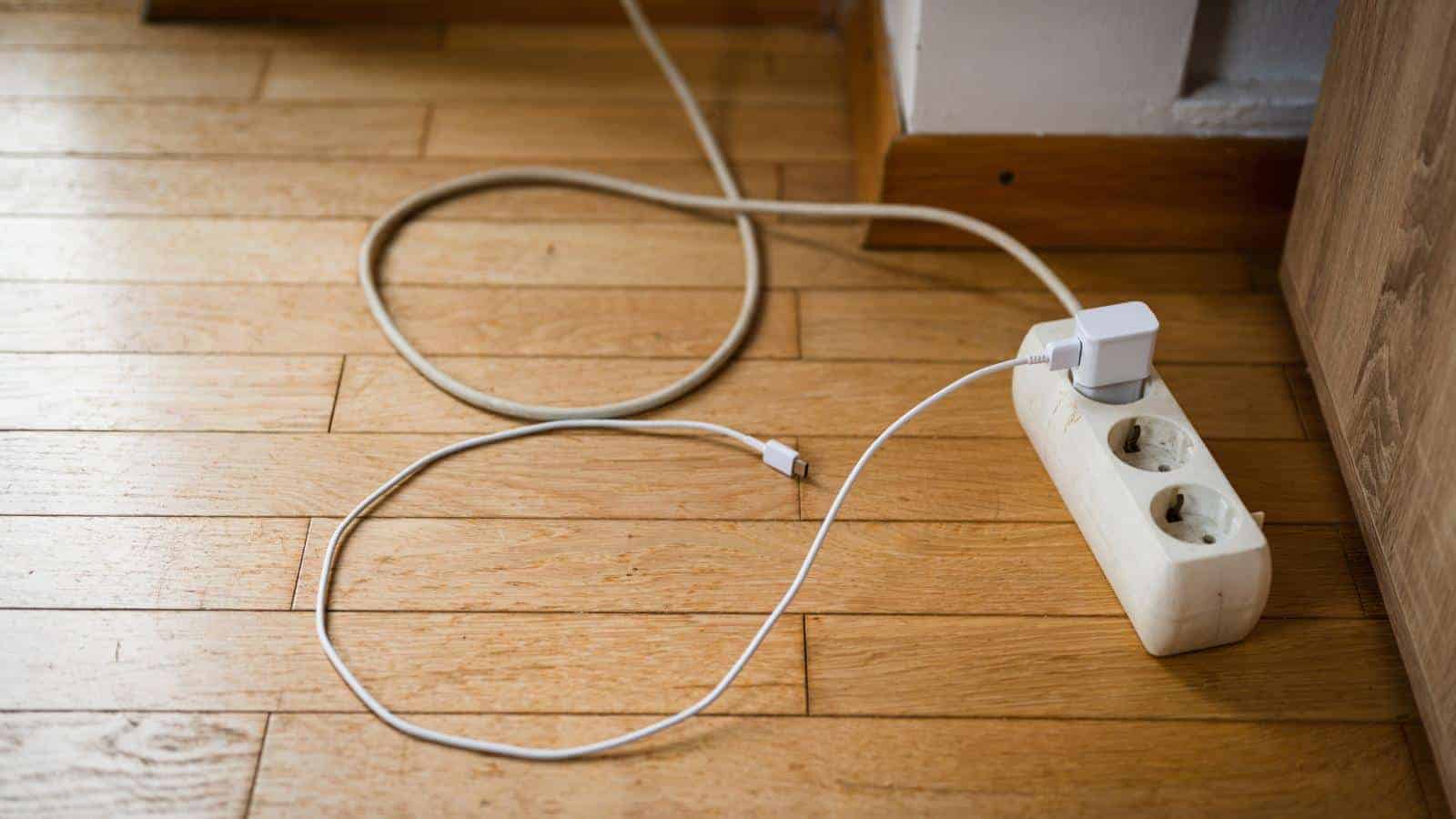
Believe it or not, leaving your phone, laptop, and device chargers plugged in actually uses energy, even if there is no device attached to them. Sure, each charger will only use a little power, but collectively, they add up. It’s just a waste of energy and money, so unplug them when not in use and you’ll be able to prevent this waste.
